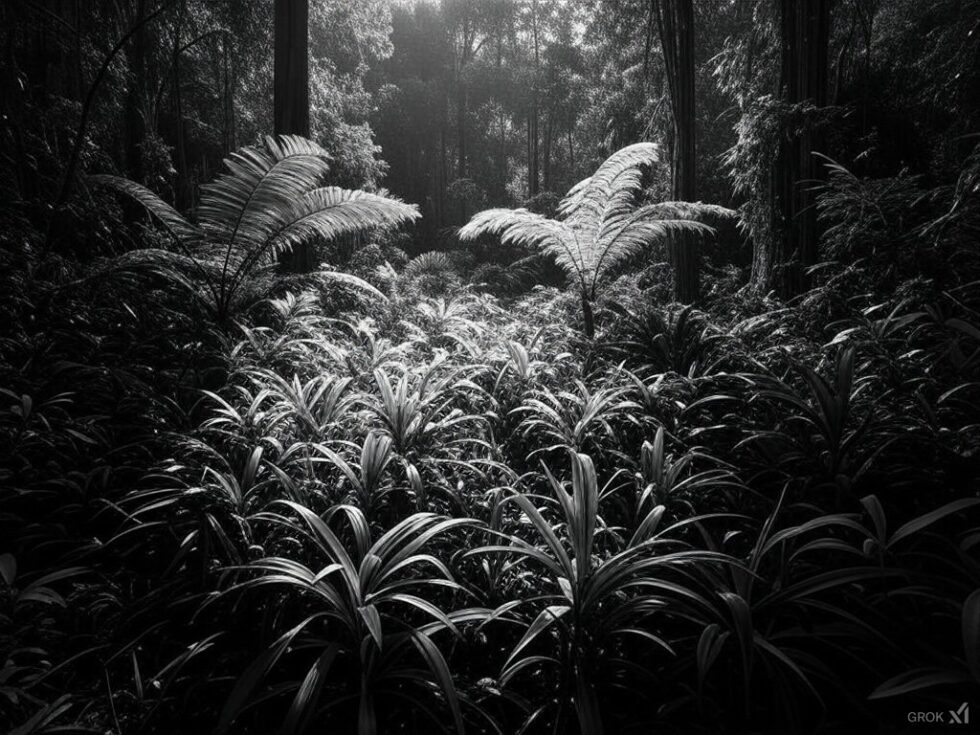
In 2024, the United Nations made a groundbreaking decision to designate the Amazon Rainforest as a global nature reserve. This unprecedented move followed decades of environmental advocacy, scientific research, and a growing recognition of the Amazon’s crucial role in maintaining Earth’s ecological balance. The declaration was not just symbolic; it represented a global commitment to preserve the Amazon’s biodiversity, regulate its resources, and protect its indigenous cultures. The impact of this decision reverberated worldwide, reshaping human society in profound and unexpected ways.
In the initial years following the declaration, a flurry of activity ensued. The primary goal was to halt deforestation and restore damaged areas. International teams of scientists, conservationists, and local communities collaborated to create a comprehensive plan for rehabilitating the rainforest. Advanced satellite technology was employed to monitor illegal logging activities, while drones were used to plant trees in deforested areas. The world watched in awe as the Amazon began to heal, its lush greenery gradually reclaiming the scars left by decades of exploitation.
The preservation of the Amazon also sparked a renaissance in biodiversity research. Scientists from around the globe flocked to the region, eager to study its myriad species. New discoveries were made almost daily, from previously unknown plants with potential medicinal properties to exotic animals that had never been documented. The Amazon became a living laboratory, offering insights into ecosystems that had evolved over millions of years. This surge in research led to breakthroughs in medicine, agriculture, and environmental science, as the secrets of the rainforest were unlocked and shared with the world.
As the Amazon flourished, so too did the indigenous communities that called it home. The global nature reserve status recognized their sovereignty and traditional knowledge, empowering them to become stewards of their ancestral lands. Indigenous leaders were given seats at international forums, where they shared their wisdom on sustainable living and environmental stewardship. Their voices, once marginalized, became central to global discussions on climate change and conservation. This cultural exchange enriched societies worldwide, fostering a deeper respect for indigenous knowledge and practices.
The economic implications of preserving the Amazon were equally transformative. The world shifted from exploiting the rainforest’s resources to valuing its ecological services. Carbon credits became a major commodity, as countries invested in the Amazon’s ability to sequester carbon and mitigate climate change. This new economy incentivized sustainable practices and funded conservation efforts, creating jobs and fostering innovation. The Amazon became a symbol of hope, demonstrating that economic growth and environmental preservation could coexist.
As the decades passed, the decision to preserve the Amazon proved to be a turning point in humanity’s relationship with nature. The success of the Amazon model inspired similar initiatives worldwide. Other critical ecosystems, such as the Congo Basin and the Great Barrier Reef, were also designated as global nature reserves, benefiting from the lessons learned in the Amazon. A new era of environmental consciousness emerged, driven by a collective understanding of the interconnectedness of all life on Earth.

The preservation of the Amazon also had profound psychological effects on humanity. It rekindled a sense of wonder and reverence for the natural world, reminding people of their place within the web of life. This shift in perspective led to a resurgence of environmental art, literature, and philosophy, as creatives sought to capture the beauty and complexity of the natural world. The Amazon became a muse, inspiring generations to dream of a harmonious future where humans and nature thrived together.
By the year 2100, the Amazon Rainforest stood as a testament to what humanity could achieve when united by a common purpose. Its preservation had not only safeguarded a vital ecosystem but had also sparked a global transformation. The lessons learned from the Amazon’s journey became a guiding light for future generations, a reminder that the choices we make today shape the world of tomorrow. In preserving the Amazon, humanity had taken a crucial step towards a sustainable future, proving that with vision, cooperation, and respect for nature, a better world was possible.




